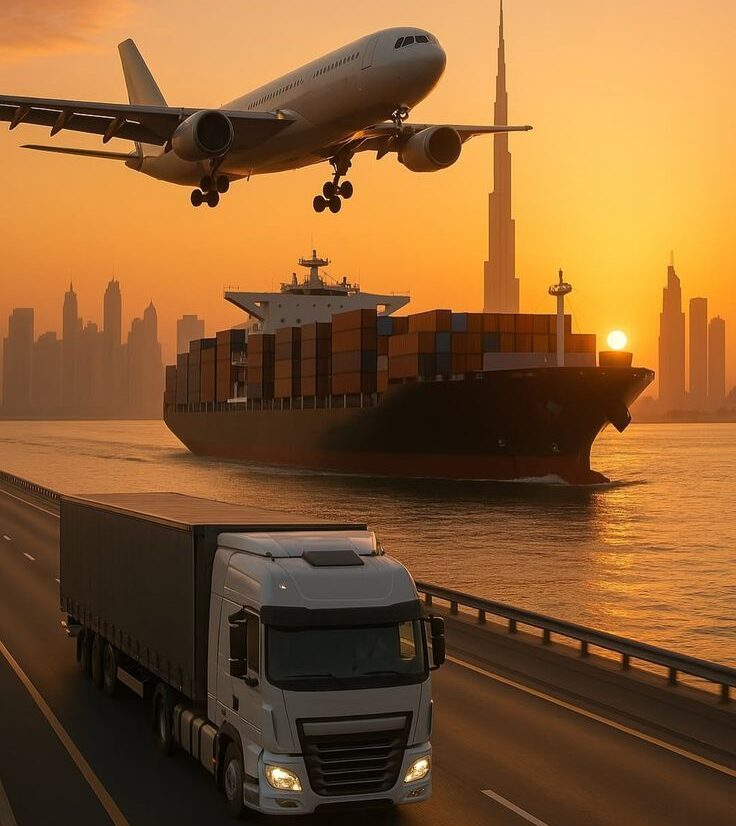Exporting from China is a cornerstone of modern global trade. From electronics to textiles, Chinese factories serve international markets with competitive pricing and scalable production. Yet, successfully moving products abroad involves more than finding a supplier—it requires compliance with export rules, accurate paperwork, efficient logistics planning, and the right trade terms.
1. The Export Preparation Phase
Before shipping your goods, it’s critical to prepare:
- Identify Product HS Codes – Every product has a Harmonized System code that determines tariffs, required documents, and restrictions.
- Confirm Export Licenses – Some goods like chemicals, cultural artifacts, or sensitive tech require government permits.
- Check Destination Requirements – Certain markets have strict labeling, testing, or packaging rules.
2. Regulatory Compliance
Chinese export laws are overseen by the Ministry of Commerce (MOFCOM) and Customs. Compliance steps include:
- Customs Registration – Exporters must register with Chinese Customs.
- Export Declaration – Submit accurate shipment details through the customs platform.
- Inspection & Quarantine – Applicable for goods like food, plants, or pharmaceuticals.
3. Choosing the Right Shipping Method
| No. | Mode of Shipment | Average Transit Time | Key Conditions | Common Terms |
|---|---|---|---|---|
| 1 | Ocean Freight (FCL) | 20–35 days | Full container, cheaper for bulk | FOB / CIF |
| 2 | Ocean Freight (LCL) | 25–40 days | Shared load, consolidation delays | FOB / CFR |
| 3 | Air Freight | 3–7 days | High cost, fast delivery | EXW / CPT |
| 4 | Express Courier | 2–5 days | Door-to-door, customs handled | DDP / DAP |
| 5 | Rail Freight | 12–18 days | Stable schedule, fewer weather delays | FOB / CIP |

4. Understanding Trade Terms (Incoterms)
- FOB (Free On Board) – Seller delivers to ship; buyer handles freight and insurance.
- CIF (Cost, Insurance, Freight) – Seller covers cost and insurance until destination port.
- EXW (Ex Works) – Buyer handles everything from seller’s premises.
- DDP (Delivered Duty Paid) – Seller manages all costs, duties, and risks until delivery.
5. Documentation for Exporting from China
Standard documents include:
- Commercial Invoice
- Packing List
- Certificate of Origin
- Export License (if required)
- Bill of Lading or Air Waybill
- Insurance Certificate (if applicable)
6. Cost Factors in Exporting
Costs can be influenced by:
- Shipping mode (sea is cheaper, air is faster)
- Container size and weight
- Customs duties & VAT rebates
- Packaging requirements
- Insurance premiums

7. Seasonal and Holiday Considerations
Seasonal changes and public holidays in China can cause significant delays in manufacturing, port operations, and international shipping. Planning ahead is essential to avoid disruptions.
| Holiday / Season | Typical Date(s) | Impact on Transportation | Recommended Action |
|---|---|---|---|
| Chinese New Year (Spring Festival) | Late Jan – Mid Feb (varies) | Factories close for 2–3 weeks; severe port congestion before and after holiday | Book shipments 4–6 weeks in advance; confirm supplier’s return date |
| Qingming Festival | Early April | Short-term closures; minor trucking delays | Avoid tight deadlines around this period |
| Labor Day Holiday | May 1–3 | Temporary factory shutdowns; mild port delays | Ship early to avoid backlog |
| Dragon Boat Festival | June (varies) | Brief closure; minimal disruption except for time-sensitive cargo | Adjust schedules by a few days |
| Mid-Autumn Festival | September (varies) | Short closure; may overlap with Golden Week | Combine shipments in advance |
| Golden Week (National Day Holiday) | Oct 1–7 | Major holiday with week-long closures; port congestion before and after | Reserve space at least 1 month ahead |
| Winter Peak Shipping Season | Nov – Dec | Increased global demand before year-end holidays; higher rates & longer lead times | Secure carrier bookings early; consider air freight for urgent cargo |
8. Risk Management Tips
📌Work with licensed freight forwarders
📌Use quality control inspections before shipping
📌Purchase export insurance for high-value shipments
📌Keep digital and physical copies of all export documents
9. Conclusion
Exporting from China in 2025 offers vast opportunities but also demands attention to regulatory compliance, proper documentation, and smart logistics choices. With the right preparation, trade terms, and freight partners, you can avoid costly delays and deliver goods to global customers efficiently.
Request a Quote
Need a tailored solution for your shipping from China?
Let TJ China Freight Forwarder assist you with reliable, cost-effective service.
FAQ:
Q1.How do I handle dangerous goods?
Use specialized packaging and obtain a Dangerous Goods Declaration before shipping.
Q2. Is drop-shipping directly from China allowed?
Yes, but it must still comply with customs and export documentation requirements.
Q3. What’s the minimum order quantity for exporting?
It varies by supplier—some accept small orders, others require full container loads.
Q4.Are there restrictions on dual-use items?
Yes, products with both civilian and military use require special approval.
Q5.What happens if customs rejects my goods?
You can either re-export, return to the supplier, or comply with requirements and re-submit.
